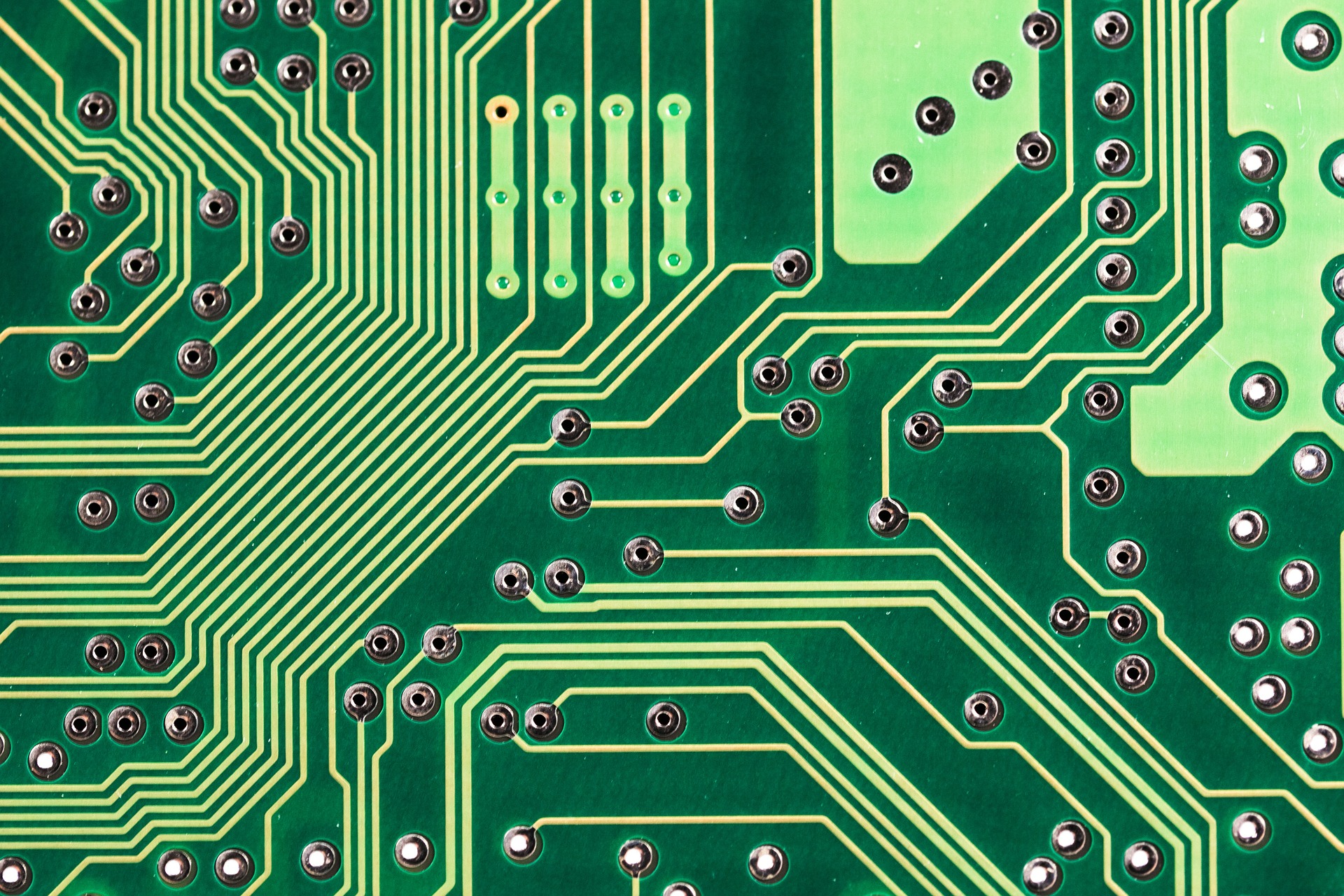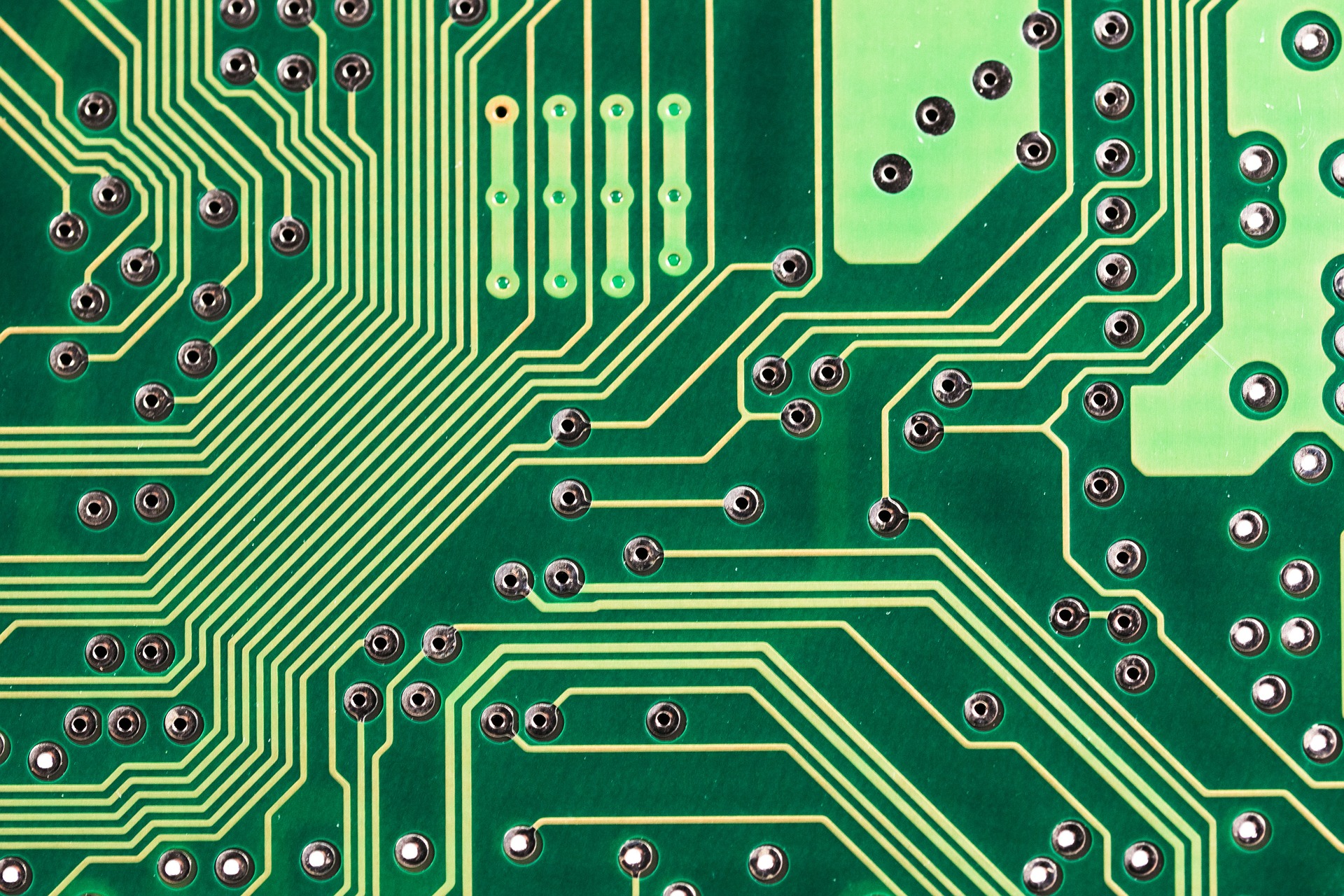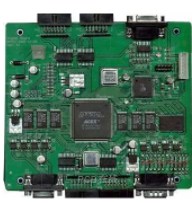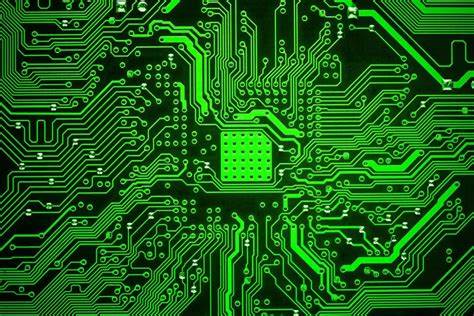
PCB industry chain
1. Introduction to PCB
Printed circuit board (referred to as PCB) is a finished board with insulating substrate and conductor as the material, designed and made of printed circuit, printed component or a combination of the two according to the pre-designed circuit schematic diagram. The function is to use the base insulating material to isolate the copper foil conductive layer on the surface, to realize the interconnection and relay transmission between electronic components, so that the current can be amplified, attenuated, and modulated in various electronic components along the preset line , decoding, encoding and other functions to realize the interconnection and relay transmission between electronic components.
There are many types of PCBs:
According to the softness of the substrate material, it can be divided into rigid board (R-PCB), flexible board (FPC, Flexible Printed Circuit), and rigid-flexible board;
According to the number of layers of conductive graphics, it can be divided into single-sided board, double-sided board, and multi-layer board; among them, multi-layer board can be divided into middle and low-layer boards and high-layer boards;
According to the application field, it can be divided into communication boards, consumer electronics boards, computer boards, automotive electronics boards, etc.;
In addition, there are special product classifications, such as high-speed high-frequency boards, high-density interconnect boards (HDI, High Density Interconnector), and packaging substrates.
2. PCB industry chain
2.1 Upstream Industry Chain
Upstream raw materials include copper foil, resin, glass fiber cloth, wood pulp, ink, copper ball, etc., among which copper foil, resin and glass fiber cloth are the three main raw materials. Representative companies mainly include Murata, Qorvo, Shengyi Technology, Kingboard Substrate, Mitsui Metals, etc.
2.2 Midstream of the industrial chain
PCB midstream includes copper clad laminate manufacturers and PCB manufacturers.
Copper clad laminates are made of copper foil, epoxy resin, glass fiber yarn and other raw materials. Raw material costs account for a relatively large proportion of PCB operating costs, about 60-70%. Copper clad laminate is the core substrate of PCB manufacturing. Copper clad laminate is a plate-shaped material made by impregnating the reinforcing material with organic resin, one or both sides covered with copper foil, and hot-pressed. It is responsible for the three functions of (PCB) conduction, insulation, and support. For special laminates made of PCB, copper-clad laminates account for 20% to 40% of the entire PCB production cost, and account for the highest proportion of all PCB material costs.
2.3 Downstream of the industrial chain
Downstream is the application of various PCBs, and the industry concentration decreases in turn from top to bottom in the industry chain.
The proportion of applications in the communication field has increased from 22% in 2009 to 27% in 2017. The application of PCB in the communication field has shown a steady upward trend, mainly used in mobile phones, optical modules, filters, communication backplanes, and communication base station antennas. and other equipment;
In the field of computer applications, the proportion of PCB output value gradually decreased from 32% in 2009 to 27% in 2016. Mainly due to the gradual slowdown in growth of the computer industry this year;
In the field of consumer electronics, the proportion of PCB applications remains basically stable at 14-15%. PCBs are mainly used in home appliances, drones, VR equipment and other products in the field of consumer electronics;
In the field of automotive electronics, PCBs are mainly used in GPS navigation, car audio, car dashboards, car sensors and other equipment;
In the field of industrial control and medical treatment, PCB is mainly used in industrial computers, frequency converters, measuring instruments, medical displays and other equipment;
In the field of aerospace, PCB is mainly used in aircraft, aviation remote sensing system, aviation radar and other equipment.
3. Promoted by industry trends
This is a forecast map of PCB output value from 2019 to 2024, derived from Prismark's forecast.
3.1 5G industry
3.1.1 The number of equipment demand increases
High-tier markets represented by communications and server/storage are the largest and fastest-growing markets. According to Prismark's statistics, the PCB market for communication wired and wireless equipment reached US$6.6 billion in 2018, and the server/storage PCB market reached US$5 billion. These three markets are all related to the development of the communication industry and can be considered to belong to the communication PCB market, with a total of 116 billion US dollars. The market space of 100 million US dollars is second only to the mobile phone PCB market.
3.3 Server
The PCB demand in the computer field can be divided into subdivided fields such as personal computers and service/storage, among which the market for personal computers is basically saturated and the growth rate is relatively slow, while the market size of service/storage grows relatively rapidly.
In the server market in recent years, due to intensified market competition and increasingly powerful CPU chips, the profit margin has gradually decreased. In the future, the income of high-end servers will increase and the income of low-end servers will decline. As 5G brings greater data volume, the scale of data centers will grow rapidly (as shown in the figure below) (it is predicted that China's X86 server shipments will exceed 5.25 million units in 2023, and the compound annual growth rate of the market from 2019 to 2020 will be 9.7 %, the total shipments are about 20 million units or more.) Therefore, the server market will also show an upward trend (you can refer to the server market growth rate of the standard wave). Growth of more than 13% is expected.
PCB requirements for service/storage are dominated by 6-16 layer boards and package substrates. The application of PCB in high-end servers mainly includes backplane, high-level digital line card, HDI card, GF card, etc. Its characteristics are mainly reflected in high-level number, high aspect ratio, high density and high transmission rate. The development of the high-end server market will also promote the development of the PCB market, especially the high-end PCB market.
3.4 Industrial Control Medical
Industrial control equipment usually has high anti-magnetic and dust-proof properties, and has the characteristics of a dedicated bottom plate, strong anti-interference power supply, and continuous long-term working ability. According to Prismark statistics and forecasts, the global industrial control industry’s demand for PCB boards was approximately US$2.64 billion in 2016, and is expected to reach US$3.2 billion in 2021, with a compound annual growth rate of approximately 4.3% in the next five years.
With the accelerated aging of the global population, the demand for portable medical and household medical equipment is increasing rapidly, such as electronic sphygmomanometers, electronic thermometers, blood glucose meters, diabetes treatment instruments, etc., which make medical equipment have broad development prospects. The PCB demand in the field of industrial control and medical treatment is dominated by multi-layer boards and single/double boards with 16 layers or less, accounting for about 80.77%.
According to Prismark statistics and forecasts, the demand for PCB boards in the global medical device industry was approximately US$1.131 billion in 2016, and is expected to reach US$1.3 billion in 2021, with a compound growth rate of 3.2% from 2016 to 2021.
3.5 Automotive Electronics
Automotive electronics is the general term for car body automotive electronics and on-board automotive electronic control devices. It is an electronic control system composed of sensors, microprocessors, actuators, and electronic components. According to the latest survey results from IC Insights, automotive electronics is expected to achieve a compound annual growth rate of 6.4% from 2017 to 2021.
On the one hand, it lies in the growth of sales of new energy vehicles;







